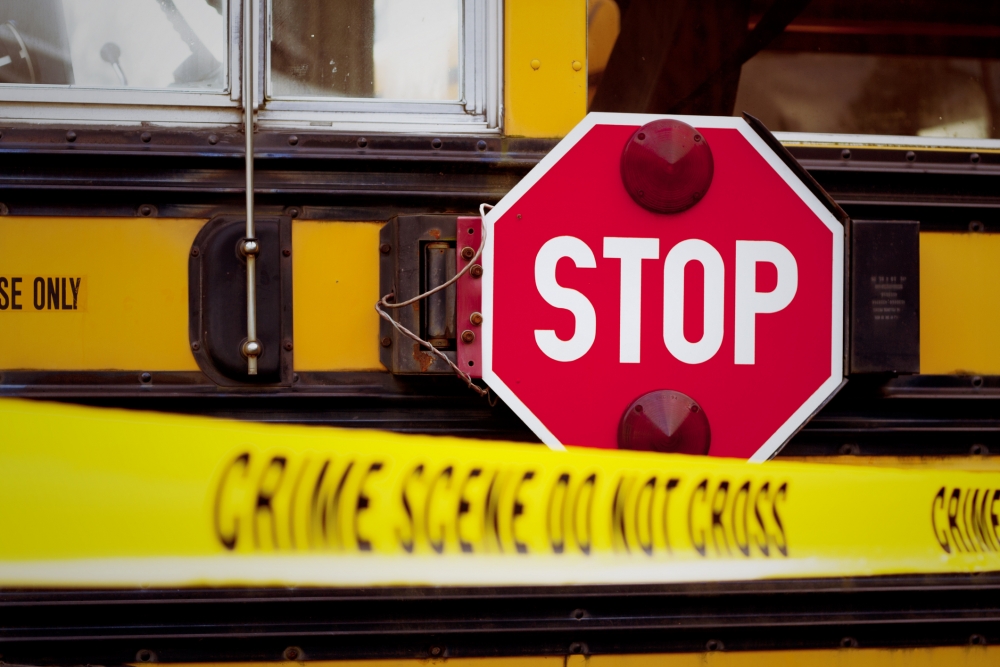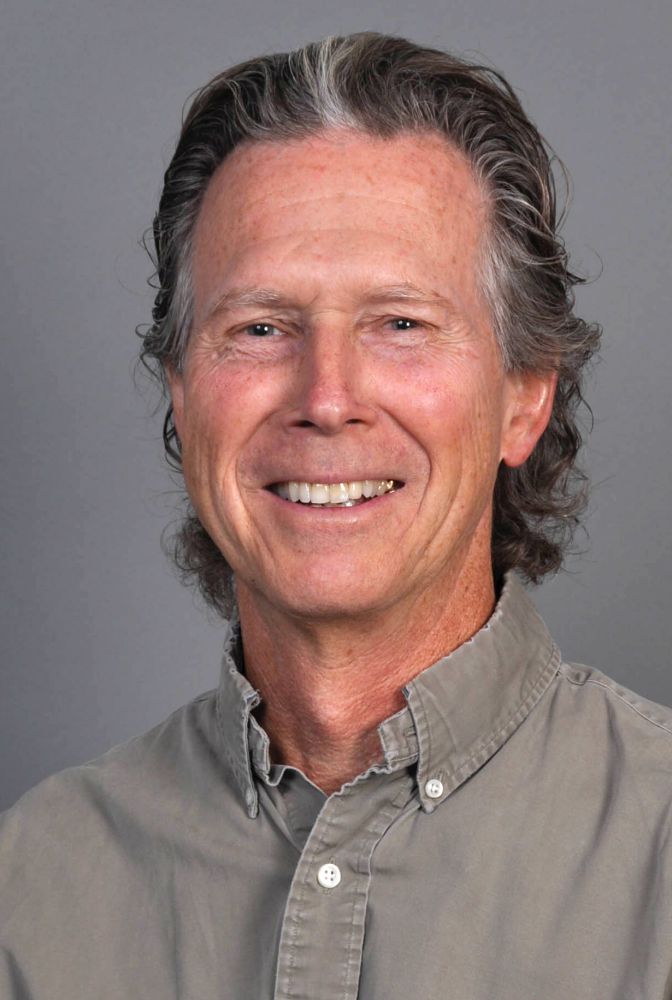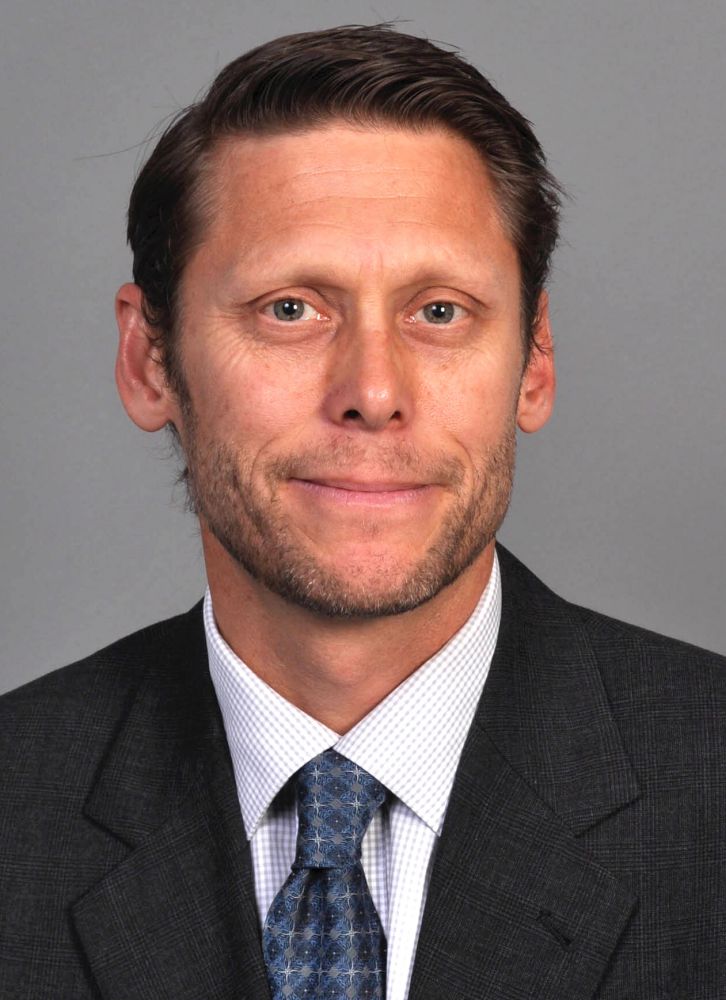
School Security? It’s Academic


After a school shooting, politicians and pundits wring their hands and wonder aloud what can be done to keep children safe. Their solutions tend to focus on security, such as arming teachers or hardening campuses.
UC Santa Barbara’s Michael Furlong and Shane Jimerson know, however, that school safety is more than just physical security. It requires, they say, a nuanced blend of policies and services, a comprehensive public-health approach rooted in science.
Furlong, a distinguished professor and associate dean for research in the Department of Counseling, Clinical and School Psychology (CCSP) in UCSB’s Gevirtz School of Graduate Education, and Jimerson, a professor in CCSP, have spent decades researching and writing about school violence. They are co-editors of “Handbook of School Violence and School Safety: International Research and Practice,” Second Edition, (Routledge, 2012).
“This is not just a couple of UCSB faculty who got this interest in the last couple of years,” Jimerson said.
In the wake of the shootings in Parkland, Fla., that killed 17 students Feb. 14, they’ve joined scholars from across the country to advocate for a multipronged effort to stop shootings before they begin. “Call to Action to Prevent Gun Violence in the United States of America,” by the Interdisciplinary Group on Preventing School and Community Violence, provides an eight-point plan to protect students.
The plan, drafted by Jimerson, Furlong and 17 other scholars, is based on their more than 30 years of research. It calls for national assessments of school climates; a ban on assault weapons and their accessories; adequate mental health services; school discipline reform; universal background checks; a national program to train threat-assessment teams; removal of information-sharing barriers between school, mental health and police agencies; and laws to allow the recovery of guns from individuals deemed a threat.
Furlong, who co-authored (with Gale Morrison, a professor emeritus in CCSP, and Rich Morrison, then an assistant superintendent with the Ventura Unified School District) “Safe Schools: A Planning Guide for Action” for the California Department of Education in 1989, said a safe and secure campus addresses a range of issues that affect a sense of students’ well-being.
“I can tell you most of the research that people do is not about guns,” he said. “A lot of research seeks to better understand how to create conditions that reduce victimization at schools. What can schools do so that the odds of being victimized goes down?”
The “Call to Action,” which was updated from a 2012 plan released after 20 children were murdered at Sandy Hook Elementary School, has been endorsed by more than 300 professional organizations such as the American Psychological Association and the National Association of School Psychologists, and more than 4,000 individuals, including nurses, social workers, probation officer, school resource officers and more.
The plan is not intended as a comprehensive solution to school violence, but a starting point of a larger conversation and more research.
“That’s what we’re saying," Jimerson said. “There’s a tremendous amount of knowledge. A lot of our faculty do work related to this prevention science, which is intended to support and help identify youth who need help, and to help provide appropriate resources: social, emotional, behavioral, mental health. All of those are areas where we have great science and knowledge.”
Lost in the conversation about school violence, the scholars said, is that schools are remarkably safer than they were in the 1990s.
“Schools have been doing a lot,” said Furlong, who edited the Journal for School Violence for seven years. “There are strained issues here, but schools have been making a concerted effort for the past 20 to 25 years to make schools safer and more welcoming places for youth. You will be hard-pressed to find any school in the United States where the staff do not regularly have conversations about ‘How do we make sure our kids our safe?’
“These events just highlight how complex the problem is and how deep true solutions are going to be,” he continued. “A true solution won’t just prevent shootings, a true solution will help all the students do better, be heathier and be well. If we strive to foster students’ overall well-being, we will reduce the number of these tragic events.”



